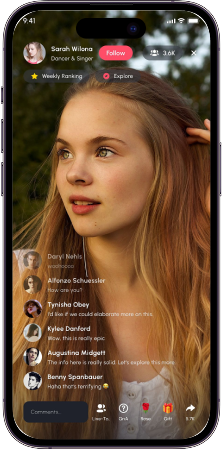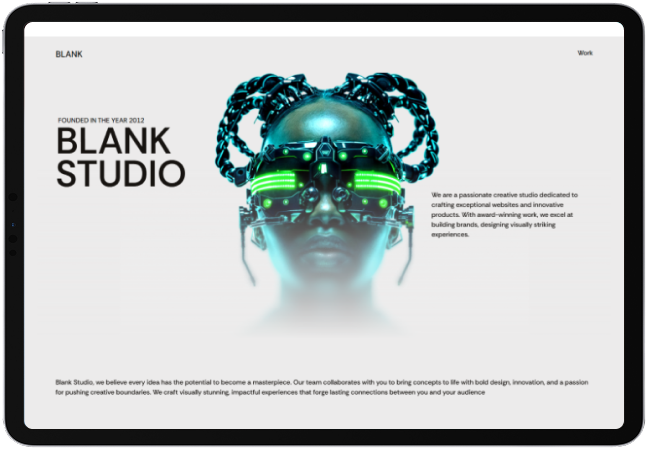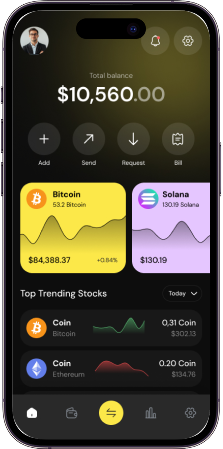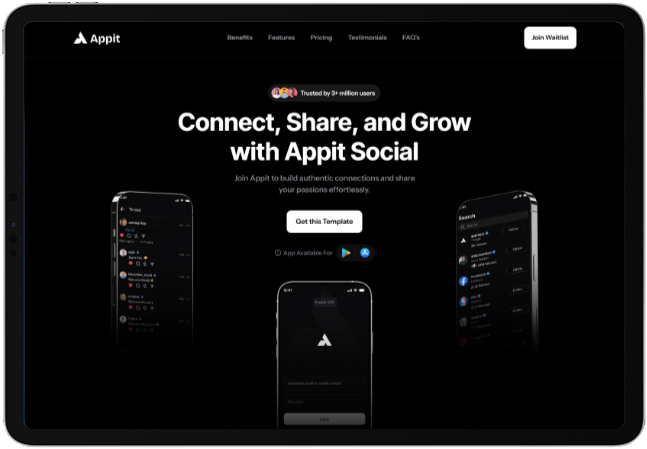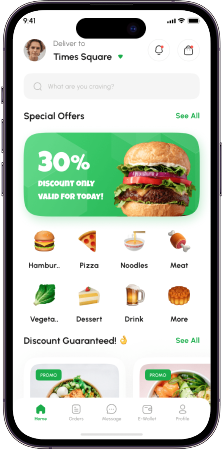What is User-Centric Design?
User-centric design (UCD) is an approach to product development that places real users at the heart of every decision. The goal is to design with a deep understanding of users' goals, pain points, and behaviors.
Rather than assuming what people need, UCD emphasizes direct engagement with users through research and feedback loops. It’s a process built on empathy, clarity, and constant refinement.
Step 1: Understand Your Users
The foundation of any user-centered product is a clear understanding of the target audience.
Key methods:
- User Interviews:Gain first-hand insights into user behavior, motivations, and challenges.
- Surveys and Polls:Gather quantitative data to identify patterns and preferences.
- Persona Development:Create detailed user profiles that represent real audience segments.
Understanding the user means moving beyond surface demographics and uncovering real needs and expectations.
Step 2: Map the User Journey
Once you know who your users are, it's essential to visualize how they interact with your product.
Why it matters:
- Identifies touchpoints:Where users engage with your platform.
- Reveals pain points:Friction that may hinder engagement or conversion.
- Clarifies intent:What the user is trying to accomplish at each stage.
Tools like journey maps and flowcharts help align product goals with user intent, ensuring a smoother experience.
Step 3: Wireframe the Experience
Wireframes serve as the blueprint for your product’s layout and structure. They allow you to focus on functionality and flow before diving into visual aesthetics.
Best practices:
- Start with low-fidelity sketches for speed.
- Prioritize clarity and hierarchy.
- Review and refine collaboratively.
Effective wireframes ensure the right information is presented at the right time—before you commit to design elements.
Step 4: Design the Interface
This is where wireframes transform into polished visuals. A well-designed UI should guide users seamlessly through their tasks while reinforcing brand identity.
UI principles to follow:
- Consistency:Typography, color, and spacing should remain uniform.
- Accessibility:Design for all users, including those with disabilities.
- Responsiveness:Ensure smooth performance across all devices.
Design is not decoration—it’s communication. Every visual element should support usability.
Step 5: Conduct Usability Testing
Usability testing bridges the gap between design assumptions and real-world behavior. It ensures that what you've built actually works for your intended users.
Test types:
- Moderated Testing:Observe users as they interact with your prototype and note areas of confusion.
- Unmoderated Testing:Users explore the product on their own time, offering feedback afterward.
- A/B Testing:Compare different design versions to determine what performs better.
Use insights from these tests to refine both user flow and interface.
Step 6: Iterate and Improve
User-centric design is never truly finished. As technology evolves and user expectations shift, so must your product.
Keep improving by:
- Analyzing analytics and heatmaps
- Collecting post-launch user feedback
- Continuously refining based on data
Iteration isn’t about fixing mistakes—it’s about uncovering opportunities to do better.
Final Thoughts
Designing with users at the center is more than a trend—it’s a business necessity. It ensures your product is not only useful, but intuitive, delightful, and aligned with real-world needs.
At Xynctech, we specialize in creating human-centered digital products that deliver measurable impact. Whether you're launching something new or improving what exists, our process is rooted in strategy, empathy, and design excellence.


